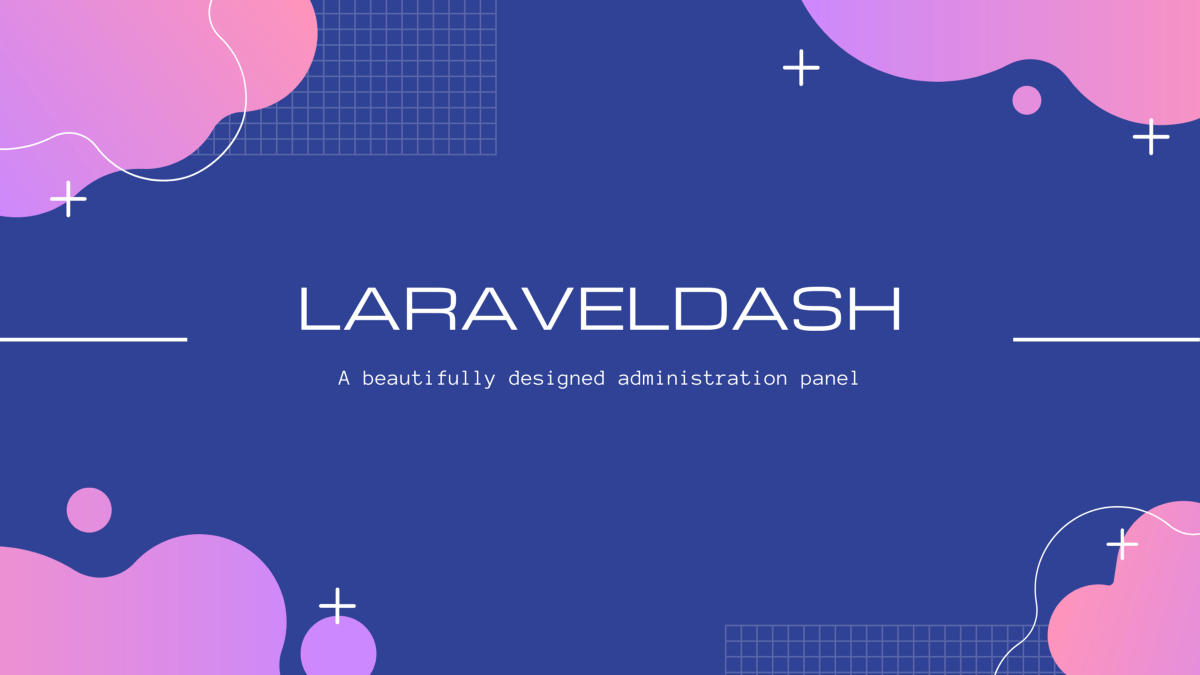Get the latest Laravel/PHP jobs, events and curated articles straight to your inbox, once a week
Source: medium.com
LaravelDash — Can an Admin UI Make Laravel Even More Approachable?Category: Laravel, PHP
No, I’m not kidding — they work hard to create systems that help them avoid more work in the future. And there are quite extreme examples now — we don’t need to write code anymore; it is being generated for us.
Laravel provides a quick way to scaffold all of the routes and views you need for authentication using one simple command: Firstly, make sure to create a new database and add your database credentials to your .env file : laravelDash will automatically register its service provider if you are using Laravel >=5.5. If you are using Laravel dashboard with Laravel 5.3 or 5.4, add Laravel dashboard’s service provider in your application’s config/app.php file: Next, you need to publish the laraveldash configuration file: This is the default content of the config file that will be published as config/laraveldash.php: Database tables are often related to one another.
Generated migrations are regular Laravel migrations , Run the migrations with: To see it, you need to start a web server on your development machine.
Laravel provides a quick way to scaffold all of the routes and views you need for authentication using one simple command: Firstly, make sure to create a new database and add your database credentials to your .env file : laravelDash will automatically register its service provider if you are using Laravel >=5.5. If you are using Laravel dashboard with Laravel 5.3 or 5.4, add Laravel dashboard’s service provider in your application’s config/app.php file: Next, you need to publish the laraveldash configuration file: This is the default content of the config file that will be published as config/laraveldash.php: Database tables are often related to one another.
Generated migrations are regular Laravel migrations , Run the migrations with: To see it, you need to start a web server on your development machine.
Newsletter

Glimpse
Glimpse streamlines Laravel development by seamlessly deploying GitHub pull requests to preview environments with the help of Laravel Forge.
Laravel/PHP Careers





